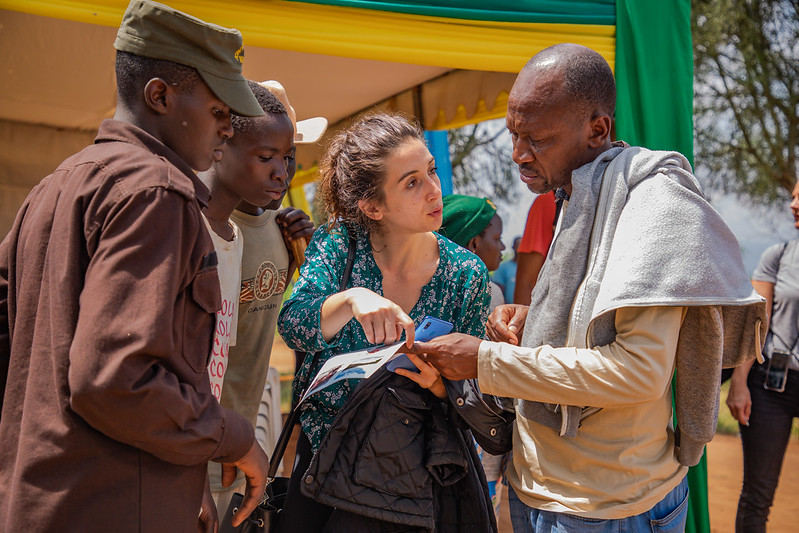How Infrastructure Addresses Urban Overpopulation in Africa
 Africa’s urbanization has been rapidly increasing. For example, sub-Saharan Africa is regarded as the world’s fastest urbanizing region. This increase in urbanization is related to the increase in people migrating into urban areas. However, urbanization often leads to overpopulation. Here is how urban overpopulation impacts sub-Saharan Africa and what African countries are doing to solve it through infrastructure development.
Africa’s urbanization has been rapidly increasing. For example, sub-Saharan Africa is regarded as the world’s fastest urbanizing region. This increase in urbanization is related to the increase in people migrating into urban areas. However, urbanization often leads to overpopulation. Here is how urban overpopulation impacts sub-Saharan Africa and what African countries are doing to solve it through infrastructure development.
Rural-Urban Migration
African cities have fast-growing population growth. The UN reports that urban population growth has evolved “from about 27% in 1950 to 40% in 2015 and is projected to reach 60% by 2050.” This pressure has led to the over-exploitation of infrastructural resources like roads and markets. Many rural areas in Africa are remote, and they have fewer job opportunities. Accordingly, many people move from these regions to urban areas where they can find jobs easily. This problem causes a migration influx that leads to urban overpopulation in many African cities. Because urban areas also have advanced, easily accessible social services and facilities, people who may need or want better medical care or educational services have to move to urban areas. This kind of migration leads to increased population growth and urban overpopulation.
Urban Overpopulation
Increased population automatically increases urban areas’ population density, or the measurement of population per unit area. Overpopulation occurs when urban areas contain more people than the optimal proportion of population to land. When urban areas become overcrowded, people start building slums, the roads become very busy with high traffic, public markets and malls consistently become overcrowded and the competition for resources increases. This leads to increased pollution and the destruction of much infrastructure.
Urban Planning
African governments have started investing in solutions to accommodate this growing urban population through infrastructure. One way in which they are doing so is through urban planning. Many African nations have begun to provide urban planning education facilities and resources. This solution started preparing people who were equipped to design and plan for the overpopulated cities in Africa. For example, Nigeria established the Town Planners Registration Council. This council is in charge of determining who is capable of being the town’s planner and setting the basic requirements for people who want to enter the profession of urban planning. In 2013, Kigali City in Rwanda established the city’s master plan. This plan represented a vision the country had for organizing settlement in the city. The Building Permit Management Information System reports that this master plan is a “comprehensive long term plan intended to guide growth and development of Kigali City.”
Building Infrastructure
Most African countries have a complex topography. Some cities are hilly or close to forested areas. These natural features become a big challenge to companies seeking to build roads and skyscrapers in the most environmentally friendly ways possible. Despite these challenges, African nations are investing in building new infrastructure to support urban areas. GlobeNewswire reports that in 2019, all projects in Africa invested in building new and upgrading “54,110 km for roads, 55,345 km for railway and 599 km for bridges” in total. To include the environment in these developing cities, some countries introduced green belts in urban regions. For example, Kenya and Rwanda have started reserving some areas in cities for planting trees.
Africa’s population is growing fast. However, countries are investing in sectors that will manage to accommodate this urban population. Infrastructure has been one of the sectors that have helped cities plan for the population and the cities’ activities.
– Renova Uwingabire
Photo: Flickr
